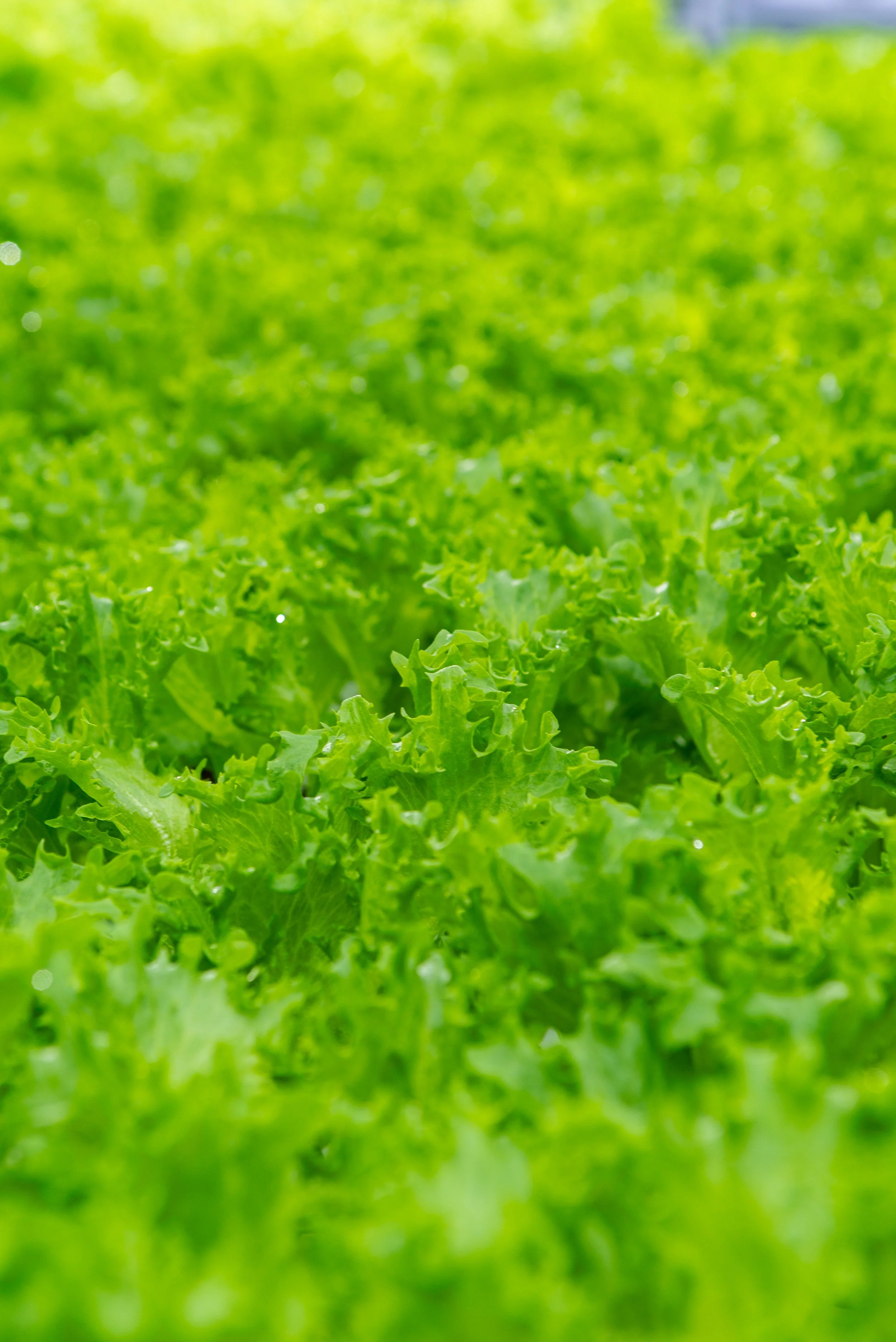Lettuce: Mastering Vasculature
Crop spotlight: Lettuce - mastering vasculature
Lettuce, a staple of diets worldwide, offers an accessible gateway into understanding plant vasculature. Vascular plants, including lettuce, evolved advanced internal networks, the xylem and phloem, to transport water, nutrients, and sugars efficiently.
Vasculature refers to the network of specialized vessels and tissues within plants (and animals) that transports water, nutrients, and other essential substances throughout the organism.
In plants specifically, vasculature includes two primary tissue types the xymen and phloem. Xylem transports water and dissolved minerals from the roots up to the leaves. The xylem cells form long, continuous tubes that facilitate water movement upwards, driven primarily by evaporation from the leaves, a process known as transpiration.
Phloem moves sugars, amino acids, and other organic molecules produced by photosynthesis from leaves to other parts of the plant. Unlike xylem, phloem cells are alive but rely on neighbouring companion cells for metabolic support. Phloem can transport substances in multiple directions, depending on where nutrients are needed most.
The evolution of vasculature was a major innovation in plant history, allowing plants to grow taller and colonise a variety of habitats by effectively moving water and nutrients around their structures. In short, vasculature is the internal plumbing that supports a plant’s growth, stability, and overall health.
These vascular systems enable lettuce to thrive terrestrially, minimising water loss through adaptations like a waxy leaf cuticle and leaf hairs, or trichomes. Understanding these mechanisms inspires LettUs Grow’s aeroponic technology, optimising plant hydration and nutrient distribution for healthier, more robust crops.
Interested in hearing more about how Advanced Aeroponics can support your lettuce production goals? Reach out to us on info@lettusgrow.com.


